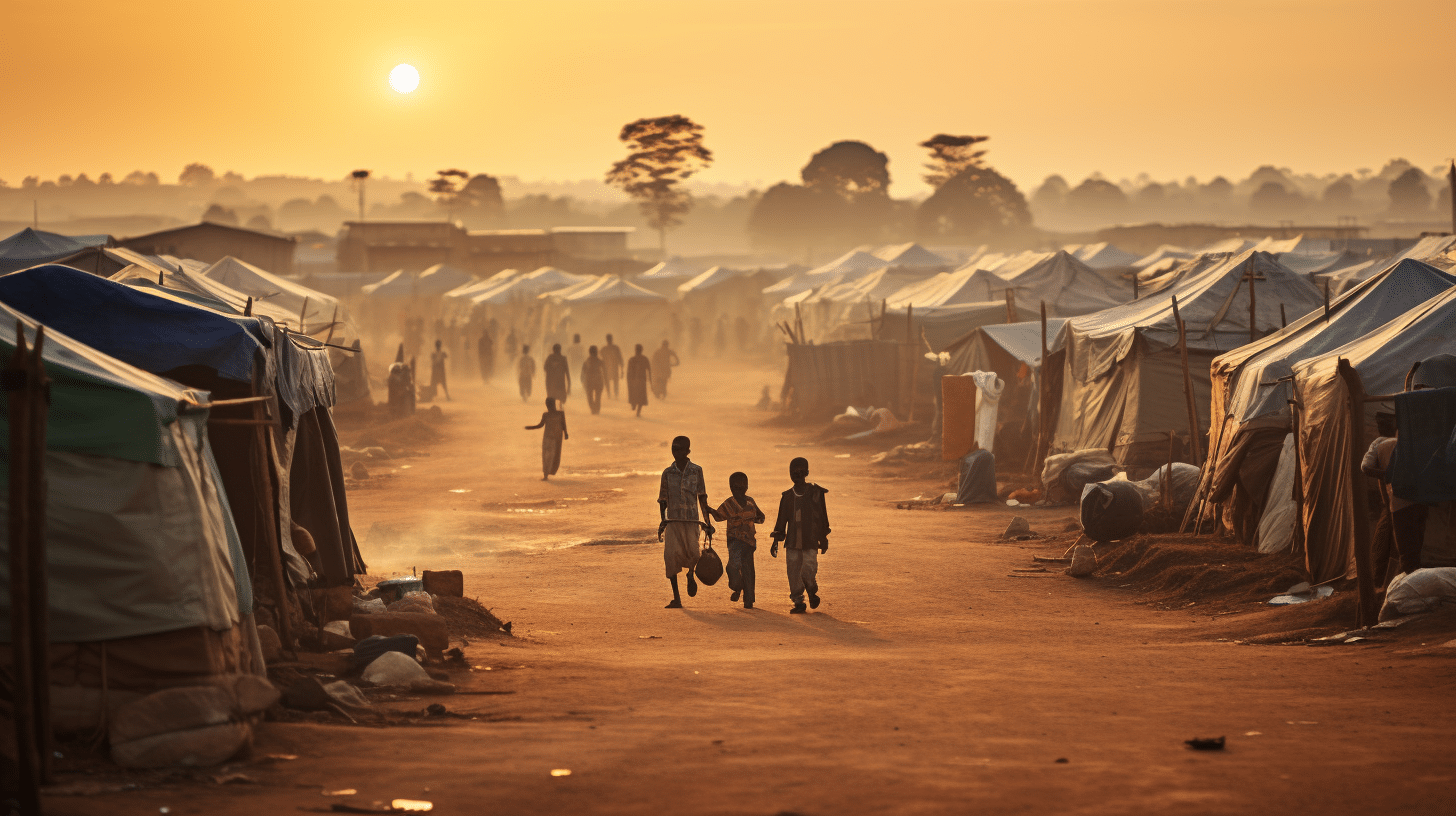Displaced persons are people who have been displaced from their communities or even countries. The displacement of people in Kenya was caused by a number of factors, the most common being armed conflict. Natural disasters, famine, political reasons and economic changes are some of the others. In Kenya, the majority of displaced people were displaced due to post election violence that broke in 2008, after the2007 general election. This violence in Kenya lead to some Kenyans’ displacement from their lands on political grounds.
The displaced persons in Kenya can be divided into two categories:
Internally displaced persons.
Externally displaced persons.
Internally Displaced Persons in Kenya
These are people who have been displaced within their country for instance Kenya, following ethnic clashes or disasters such as floods and earthquakes. For instance in Kenya, people were displaced due to ethnic clashes and were distributed to many places where they were living in camps. These places within Kenya included Naivasha, Nakuru, Kitale among other places. The Government of Kenya under president Uhuru Kenyatta has tried to settle some of the displaced person while others are in the process of being settled according to the report of the Government of Kenya.
Externally Displaced Persons Within Kenya
These are people who have run away from their country as a result of civil war or political persecution and are seeking refuge in Kenya. They are also known as refugees. For example in Kenya, there are many refugees from neighbouring countries such as Sudan and
Somalia and are in Kakuma and Daadab refugee camps in Kenya. The government in Kenya works closely with the United Nations High Commission for Refugees (UNHCR) to settle all externally displaced persons. The problems experienced by displaced persons in Kenya include housing, sanitation, water supply, lack of inadequate nutrition which may result in malnutrition, security risk and human rights violation, overcrowding which may cause rapid spread of diseases, lack of education opportunities lack health services, emotional needs and poverty.
Displaced persons in camps in Kenya tend to develop health problems due to poor living conditions, as well as psychological and physical trauma caused by displacement.
Some displaced persons are separated from their families and relatives and have lost homes, jobs and schools for their children. They need material as well as psychological care. Some may develop antisocial behaviour as a defence mechanism as they are unhappy with the displacement in their own country Kenya. It is necessary that some measures need to be taken to help these displaced persons in Kenya, primarily to resettle them so that their lives can go on.
Apart from the above problems, people who have been displaced within Kenya may bring new diseases, such as diarrhoeal diseases, typhoid, measles, meningitis, sexually transmitted diseases, and HIV/AIDS. Even their animals can bring in diseases such as rabies, anthrax, foot and mouth and brucellosis. So as you can see, they can also pose as a health risk to the community where they settle.
Displacement of persons in Kenya often leads to dramatic changes in the family structure and gender roles, relations and identities. In conflict situations, many women are suddenly thrust into the role of head of the household because the men are recruited to combat, they stay behind to maintain land, or migrate in search of work. Other effects of displaced persons include escalation in the level of poverty, reduction in the level of foreign aid, demographic consequences, religious effect, conflicts between the host community and the displaced group, and political effect.
The services available for displaced persons tend to be those provided by relief agencies, NGOs, the government of Kenya through the provincial and district administration, the church, and institutions such as UNCHR which take care of external refugees. These institutions provide the displaced persons within Kenya with shelter, medical care, food and clothing, and sometimes rehabilitation in the form of teaching them new skills.
Refugees have some sort of international protection provided in Kenya. Their needs are catered for by UNHCR, and their rights are also protected. Internally displaced people are still citizens of their country, and are offered protection in Kenya. The International Committee of the Red Cross (ICRC) in Kenya protects the rights of internally displaced people. Kenya Red Cross conducts protection and assistance programmes for these victims.



0 comments